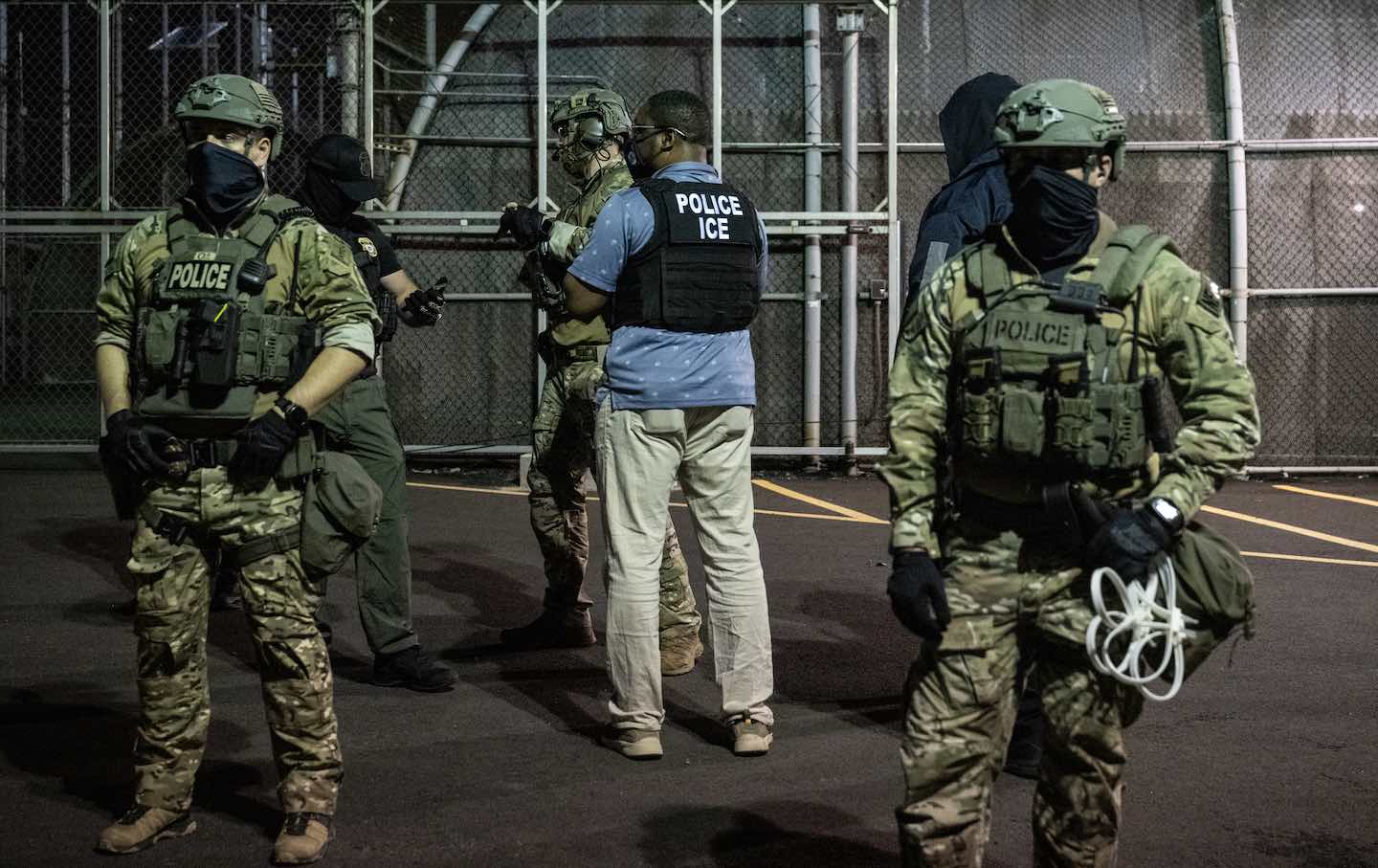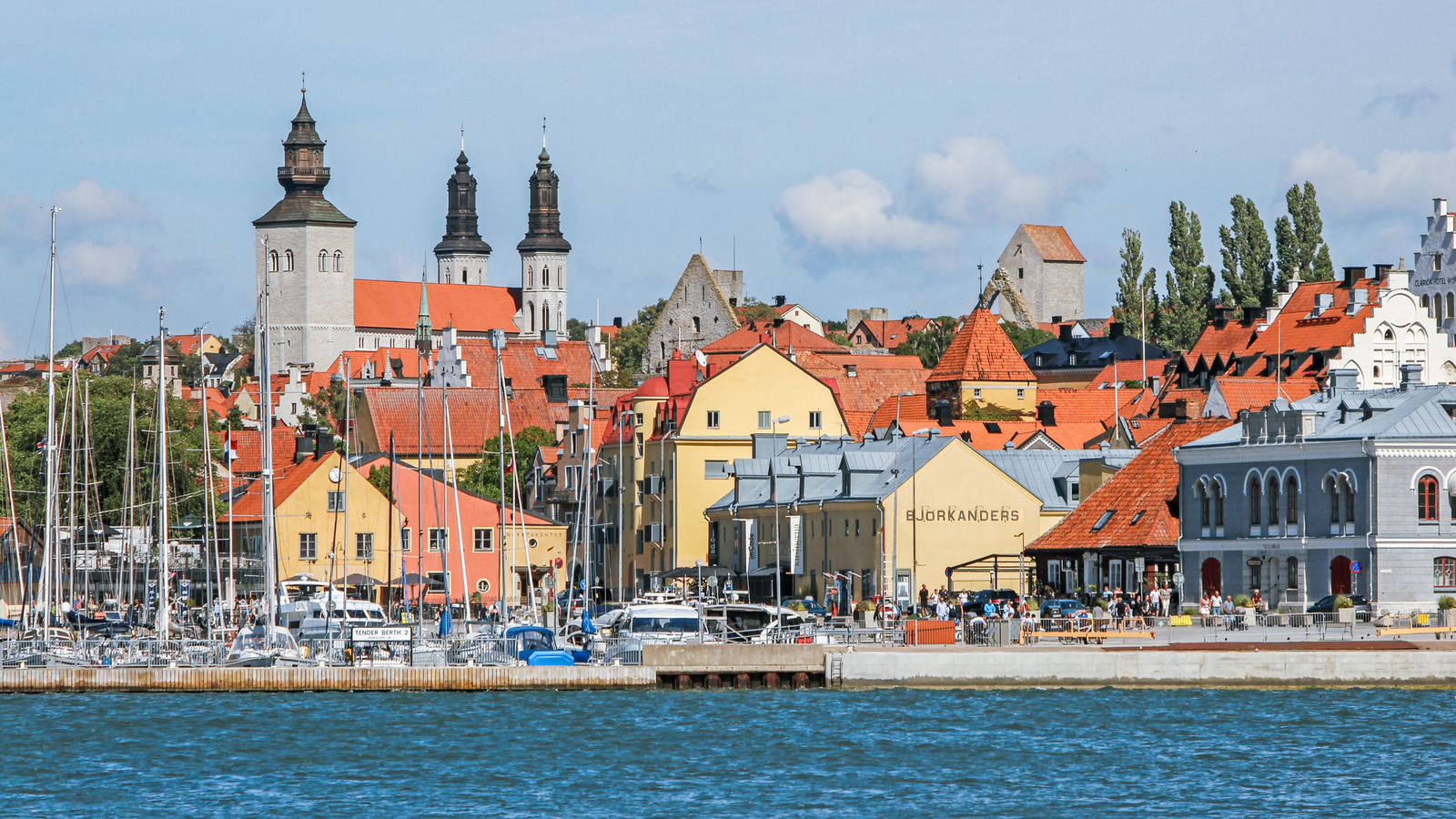In a bold move that has ignited fierce debate, Florida officials are preparing to open a new migrant detention facility, informally dubbed "Alligator Alcatraz." Set amid the lush but fragile terrain of the Everglades, this facility aims to house up to 5,000 detainees, implementing the Trump administration's stringent immigration policies. Florida Governor Ron DeSantis is staunchly advocating for the facility, emphasizing its necessity in bolstering state-level immigration enforcement amidst a more
Did You Know
At birth, a baby panda is smaller than a mouse.
?
AD
aggressive federal crackdown.
However, the project's launch has not been smooth. Environmentalists and indigenous leaders have raised alarm bells, labeling the facility a threat to local ecosystems and sacred lands. Numerous lawsuits have been filed against the construction, arguing that the area—home to vulnerable species and vital wetlands—deserves more stringent environmental scrutiny. Activists claim that such a facility risks irreparable harm to one of America’s greatest natural treasures and perpetuates the dehumanization of immigrants.
President Trump’s recent visit to the site, where he remarked about the potential dangers posed by local wildlife, has intensified outrage among critics who see the initiation of "Alligator Alcatraz" as emblematic of a harsh and uncompromising immigration stance. The ongoing discussions about expanding Florida's detention infrastructure highlight a troubling trajectory in U.S. immigration policy, where enforcement actions are prioritized over humanitarian concerns. As tensions rise, it remains to be seen how this contentious facility will shape the future of immigration in the state and beyond.
Q&A (Auto-generated by AI)
What is the history of immigration detention centers?
Immigration detention centers in the U.S. have evolved significantly over the decades, with roots tracing back to the early 20th century. Initially, immigrants were detained in local jails or temporary facilities. The establishment of the Immigration and Naturalization Service (INS) in 1933 marked a formal approach to immigration enforcement. Over the years, especially post-9/11, the number of detention centers increased dramatically as part of heightened security measures. Facilities like the one in Florida, dubbed 'Alligator Alcatraz,' reflect a trend toward large-scale, centralized detention systems aimed at managing immigration enforcement more efficiently.
How do environmental laws impact construction projects?
Environmental laws, such as the National Environmental Policy Act (NEPA), require federal agencies to assess the environmental effects of their proposed actions before making decisions. In the case of the 'Alligator Alcatraz' detention center, environmental groups have filed lawsuits arguing that the project threatens sensitive ecosystems in the Everglades. These laws aim to protect wildlife and habitats, ensuring that construction projects undergo rigorous reviews. Failure to comply can lead to project delays, legal challenges, and potential modifications to plans to mitigate environmental impacts.
What are the implications of using National Guard?
The use of the National Guard in immigration enforcement, as proposed for the 'Alligator Alcatraz' facility, raises several implications. It blurs the lines between military and civilian law enforcement, potentially leading to concerns about militarization of immigration policy. National Guard members serving as immigration judges could expedite processes but may lack the necessary legal training. This approach reflects broader trends in U.S. immigration policy where states are increasingly involved in federal enforcement, raising questions about legality, effectiveness, and public perception.
What concerns do Native Americans have about this site?
Native American leaders have voiced strong opposition to the construction of the 'Alligator Alcatraz' detention center, citing the land's sacred significance. The site is located in the Everglades, an area with deep cultural and historical ties for Indigenous communities. They argue that the facility desecrates ancestral lands and threatens local ecosystems. The construction has sparked protests, highlighting ongoing tensions between state policies and Indigenous rights, as tribes seek to protect their heritage and the environment from perceived exploitation.
How does 'Alligator Alcatraz' compare to other facilities?
'Alligator Alcatraz' is notable for its location in the environmentally sensitive Everglades and its capacity to house up to 5,000 detainees. Unlike traditional detention centers, which are often situated in urban areas, this facility's remote setting raises unique logistical and ethical concerns. Comparatively, other facilities may not face the same level of environmental scrutiny or public backlash. The controversial nature of its construction reflects broader debates about immigration policy and the treatment of detainees, positioning it as a focal point in discussions about humane treatment and environmental stewardship.
















